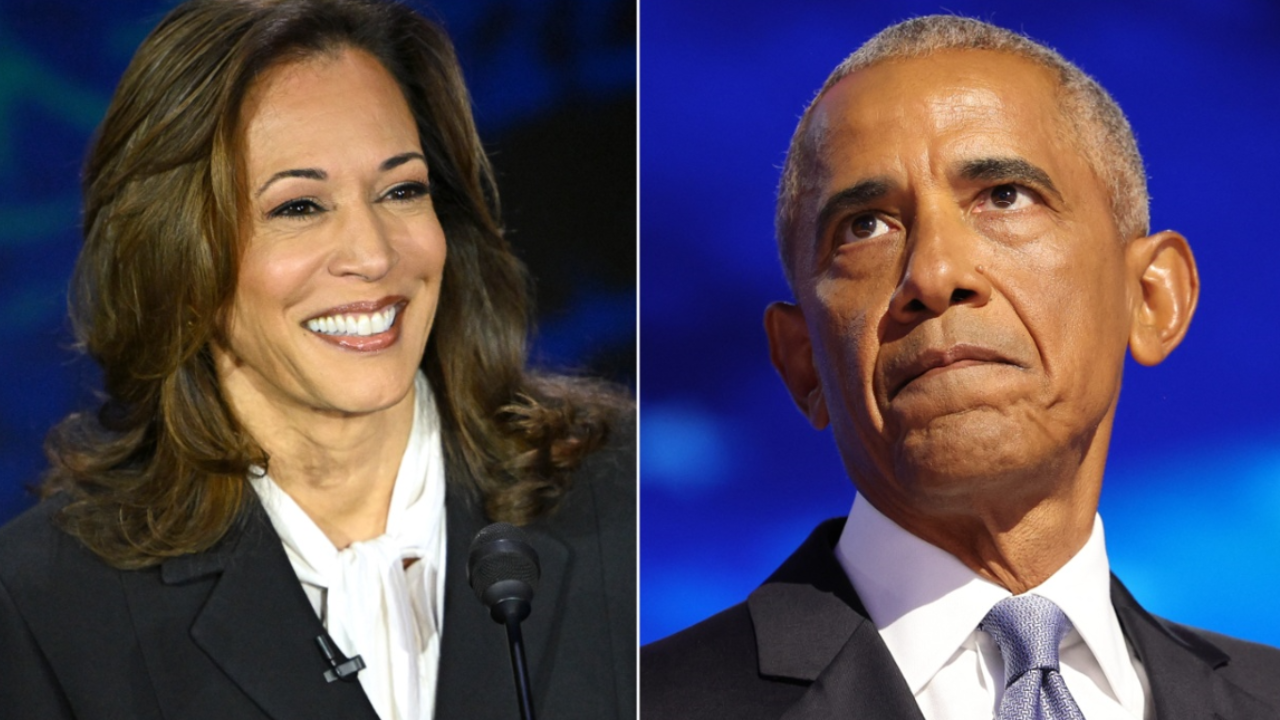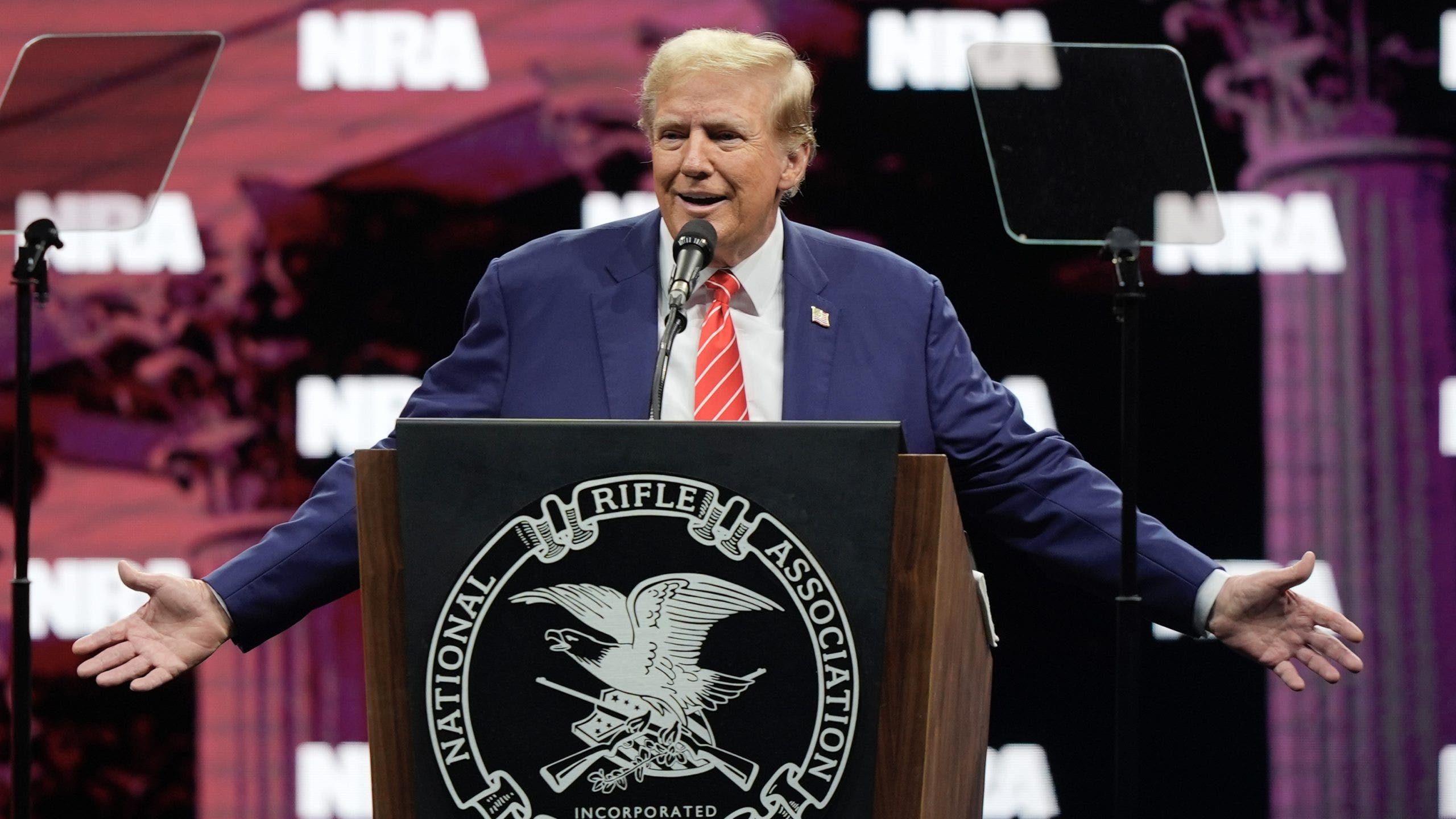Finance
Push for campaign finance reform to return in Virginia legislative session

After expelled U.S. Rep. George Santos came under fire last month for allegedly using campaign funds on personal items, such as beach trips and expensive spa treatments, a leader for a local advocacy organization offered an interesting take.
“The wildest thing about this Santos debacle is that his ‘misuse’ of campaign funds would have been completely legal if he was a Virginia state legislator,” Justin Jones, political director for Clean Virginia, wrote on social media.
Del. Marcus Simon quickly responded.
“Working on that,” he wrote.
Simon, D-Fairfax, has prefiled legislation for consideration in the next General Assembly session that would prohibit politicians from using campaign donations on personal expenditures. Virginia currently has some of the most lax campaign spending laws in the nation. Politicians can legally spend campaign donations on essentially anything, and there’s no limit on who can donate or how much donors can give.
Simon has introduced various versions of the bill for several years, but it never makes it to the governor’s desk. Some legislators who opposed the measure argued new rules would confuse well-meaning politicians. Others have said donors should trust the candidates they choose to support.
During the last legislative session, several groups advocated on the bill’s behalf, including The League of Women Voters of Virginia. The league is a nonpartisan organization that works to protect democracy and voting rights.
Janet Boyd, the league’s director of voter services, told The Virginian-Pilot the organization will continue supporting the measure at the upcoming legislative session.
The legislature reconvenes on Jan. 10.
“(The league) will educate General Assembly members on the value of Delegate Simon’s personal use limitation bill during the 2024 Session,” she wrote in a Thursday email. “While we are hopeful that the General Assembly will pass the bill, we know it won’t be easy.”
Although past efforts were unsuccessful, the General Assembly will have many new faces this year, meaning the bill could potentially find new supporters. The Statehouse is in the midst of a significant shakeup due to a recent flood of retirements and resignations.
Spending on statehouse campaigns has trended upward in recent years.
In the Senate, where 40 seats are up for election every four years, about $56.2 million was spent on elections in 2019, compared with $52.5 million from 2015 and $42.6 million in 2011. This year’s election costs had already far surpassed those figures at the halfway point with about $111 million spent for Senate elections as of June 8, according to the Virginia Public Access Project.
In the House of Delegates, where 100 seats are up for grabs every two years, about $81.4 million was spent on elections in 2021, up from $68.1 million in 2019 and $47 million from 2017. VPAP reported this year’s House race election costs at about $93.4 million as of June 8.
Candidates’ campaign expenditures can be viewed on VPAP’s and the Virginia Department of Elections’ websites. But the reporting requirements are vague and it’s not always clear what specific items were purchased.
Some commonly reported expenditures, like political consulting services, are clearly related to campaigning. But other charges — like to hotels, airlines, restaurants or gas stations — could more easily be for personal uses.
Sen. Jennifer Boysko, one of three legislators carrying this year’s bill in the Senate, previously told the Pilot the struggle to enact campaign reform “really boggles the mind.”
“This is money people give you to run your campaign,” Boysko, D-Fairfax, said in April. “They should know it’s going to be spent responsibly instead of funding somebody’s long weekend in a plush hotel.”
Katie King, katie.king@virginiamedia.com

Finance
US jobs report crushes expectations as economy adds 254,000 jobs, unemployment rate falls to 4.1%
The US labor market added far more jobs than projected in September while the unemployment rate unexpectedly ticked lower, reflecting a stronger picture of the jobs market than Wall Street had expected.
Data from the Bureau of Labor Statistics released Friday showed the labor market added 254,000 payrolls in September, more additions than the 150,000 expected by economists.
Meanwhile, the unemployment rate fell to 4.1%, from 4.2% in August. September job additions came in higher than the revised 159,000 added in August. Revisions to both the July and August report showed the US economy added 72,000 more jobs during those two months than previously reported.
Wage growth, an important measure for gauging inflation pressures, rose to 4% year over year, from a 3.9% annual gain in August. On a monthly basis, wages increased 0.4%, in line with August’s reading.
The key question entering Friday’s report was whether the data would reflect significant cooling in the labor market, which could prompt another large Fed interest rate cut. Robert Sockin, Citi senior global economist, told Yahoo Finance that the better-than-expected jobs report makes it less likely the Fed moves with the “urgency” it did at its September meeting when the central bank cut interest rates by half a percentage point.
“This pushes the Fed out a lot,” he said, adding that it’s uncertain the Fed will make a 50 basis point cut again this year.
Read more: Jobs, inflation, and the Fed: How they’re all related
Following the report, markets were pricing in a roughly 5% chance the Fed cuts interest rates by half a percentage point in November, down from a 53% chance seen a week ago, per the CME FedWatch Tool.
“Looking at the labour market strength evident in September’s employment report, the real debate at the Fed should be about whether to loosen monetary policy at all,” Capital Economics chief North America economist Paul Ashworth wrote in a note to clients on Friday. “Any hopes of a [50 basis point] cut are long gone.”
Futures tied to major US stock indexes rallied on the news. S&P 500 futures (ES=F) put on nearly 0.8%, while Dow Jones Industrial Average futures (YM=F) added roughly 0.5%. Contracts on the tech-heavy Nasdaq 100 (NQ=F) moved 1.1% higher.
Renaissance Macro head of economics Neil Dutta wrote in a note following the release that September’s jobs report was “undeniably good news” for the equity market.
“At the end of the day, the Fed is still cutting policy rates even as the economy grows,” Dutta wrote.
Also in Friday’s report, the labor force participation was flat from the month prior at 62.7%. Food services and drinking places led the job gains, rising 69,000 in the month. Meanwhile, healthcare added 45,000 jobs, and government jobs ticked higher by 31,000.
Earlier this week, data from ADP showed the private sector added 143,000 jobs in September, above economists’ estimates for 125,000 and significantly higher than the 99,000 seen in August. This marked the end of a five-month decline in private-sector job additions.
“This is a pretty healthy, widespread rebound,” ADP chief economist Nela Richardson said. “And probably unexpected by many people who thought the job market was on a downward slide. This month, of course, gives pause to those kinds of assessments. Hiring is still solid.”
Josh Schafer is a reporter for Yahoo Finance. Follow him on X @_joshschafer.
Click here for in-depth analysis of the latest stock market news and events moving stock prices
Read the latest financial and business news from Yahoo Finance
Finance
Stock market today: US futures edge higher as investors gear up for key jobs report
US stock futures climbed on Friday as investors braced for a key monthly jobs report, with the Middle East crisis and a return to work at US ports also in high focus.
S&P 500 futures (ES=F) put on 0.3%, while Dow Jones Industrial Average futures (YM=F) added roughly 0.2%. Contracts on the tech-heavy Nasdaq 100 (NQ=F) moved 0.4% higher.
Investors are marking time for the release of the September jobs report, expected to provide further evidence the labor market is cooling but not collapsing. A rapid weakening could prompt the Federal Reserve to once again lower interest rates by an outsized 0.5% in November.
Friday’s report, set for release at 8:30 a.m. ET, is expected to show nonfarm payrolls rose by 150,000. But Wall Street is likely to focus less on hiring and more on the unemployment rate, where a gain could boost bets on a larger rate cut.
Read more: What the Fed rate cut means for bank accounts, CDs, loans, and credit cards
While stocks are on track for weekly losses, the markets have shown some resilience in the face of a rough week of worrying headlines. The major gauges were off 1% or less as of Thursday’s close, with the S&P 500 and Dow still within striking distance of record highs.
In recent days, a huge ports strike, devastation from Hurricane Helene, and the prospect of a wider Mideast conflict brought the potential to lift prices and fan inflation. That in turn cast doubt on the Fed’s preferred 0.25% rate cut.
In a welcome move, the US dockworkers strike ended after a tentative wage deal was agreed late Thursday, though some issues remain to be settled by later this year.
On the downside, a barrage of strikes by Israel on Beirut kept alive the Mideast worries that have driven up oil prices. Western leaders warned about “uncontrollable escalation” as investors waited to see whether Israel will attack Iran’s oil facilities — a move President Biden said is under discussion.
Oil is on track for its biggest weekly gain in two years as tensions mount. Brent crude (BZ=F) and West Texas Intermediate (CL=F) futures rose over 1% on Friday morning, coming off a 5% gain the previous day.
Finance
Unlocking Private Credit Finance: A Conversation On Key White Papers and Industry Insights – Hosted By CMF DEI Council
October 9, 2024 2:00 PM-3:00 PM
Share to
| Member Price | $0.00 |
| Non-Member Price | $399.00 |
About the Event
Private Credit Finance is considered one of the fastest-growing segments of alternative investments. It has emerged as a dynamic and increasingly prominent sector within the global financial ecosystem. Unlike traditional bank loans or publicly traded bonds, private credit involves non-bank lending, where investment funds or other institutional investors provide capital directly to businesses.
Join MBA Education and industry experts for an exclusive webinar featuring a panel of distinguished experts from the Private Credit Finance sector, all of whom have contributed to influential white papers on the subject. This in-depth discussion will explore the historical evolution of the industry and analyze future trends based on data assessed in collaboration with leading economists.
Our panelists will highlight the key growth drivers within Private Credit Finance and discuss how these trends influence the traditional capital stack. Attendees will have the opportunity to engage directly with the experts through a live Q&A session.
Date/Time
- Wednesday, October 9 (2:00 PM – 3:00 PM ET)
Objectives
- Inform members and conduct an in-depth exploration of the Private Credit Finance landscape
- Analyze the evolution of Private Credit Finance and project its future trajectory
- Review detailed industry data presented by specialists who have contributed to White Papers in the field
Experience Level
- Entry-Level
- Intermediate
- Advanced
Target Audience
- Originators
- Producers
- Underwriters
- Attorneys
- Servicers
Speaker(s)
- Moderator: Amber Rao, CCIM, Senior Vice President/Senior Mortgage Banker, Key Bank Real Estate Capital
- Victor Calanog, Global Head of Research and Strategy, Manu Life
- Jan Sternin, Senior Vice President, Managing Director of Servicing, Berkadia
- Kevin Fagan, Senior Director & Head of CRE Economic Analysis, Moody’s Analytics
- Anuj Gupta, Chief Executive Officer, A10 Capital
-
/cdn.vox-cdn.com/uploads/chorus_asset/file/25439572/VRG_TEC_Textless.jpg)
/cdn.vox-cdn.com/uploads/chorus_asset/file/25439572/VRG_TEC_Textless.jpg) Technology2 days ago
Technology2 days agoCharter will offer Peacock for free with some cable subscriptions next year
-

 World1 day ago
World1 day agoUkrainian stronghold Vuhledar falls to Russian offensive after two years of bombardment
-

 News1 week ago
News1 week agoVideo: Where Trump and Harris Stand on Democracy
-

 World1 day ago
World1 day agoWikiLeaks’ Julian Assange says he pleaded ‘guilty to journalism’ in order to be freed
-

 Technology19 hours ago
Technology19 hours agoBeware of fraudsters posing as government officials trying to steal your cash
-

 Business1 week ago
Business1 week agoVisa, Google, JetBlue: A Guide to a New Era of Antitrust Action
-

 Politics1 week ago
Politics1 week agoFLASHBACK: VP Harris pushed for illegal immigrant to practice law in California over Obama admin's objections
-

 Education1 week ago
Education1 week agoVideo: Los Angeles Bus Hijacked at Gunpoint













